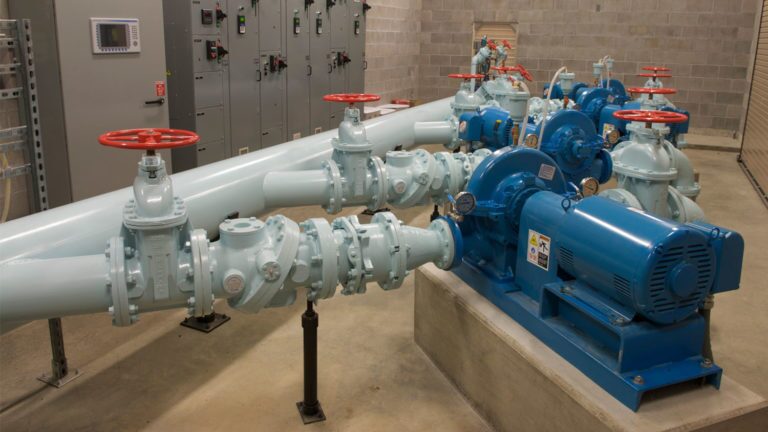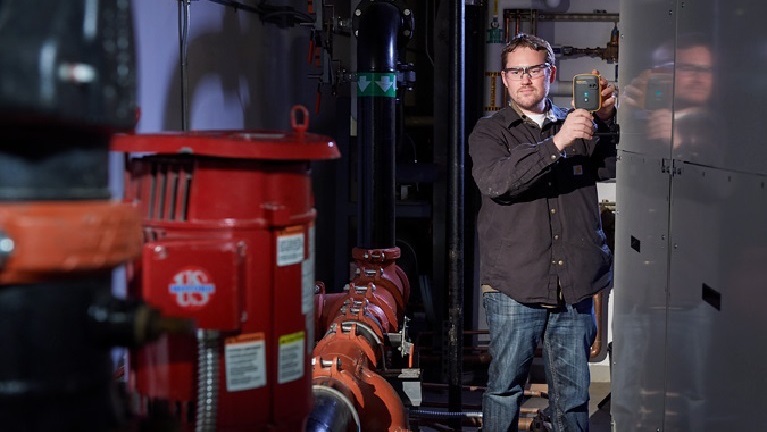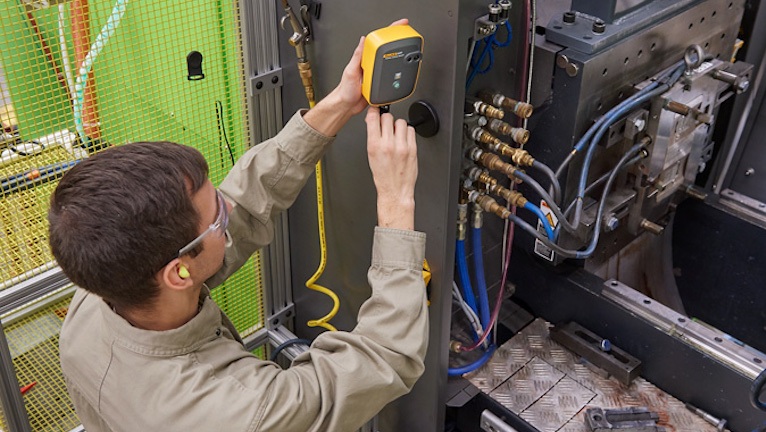Sidetracked from condition monitoring goals? Plan a pilot program

Even if your maintenance and reliability team must work at home during COVID-19, progress on your reliability journey does not have to stop. You can develop a pilot program to roll out condition monitoring when plants are allowed to reopen under new guidelines. A pilot program enables you to test feasibility, refine as necessary, demonstrate successes, and ultimately implement condition monitoring (with remote monitoring capabilities).
In planning a pilot program for condition monitoring, here are three topics to consider:
-
Which assets are critical, and why?
Rank assets by the impact they have on your organization using a criticality assessment tool. When implementing condition monitoring, you will want to include your most critical assets.
Remember that the biggest and most complex assets are not automatically the most critical. In some cases, a simple, cheap component can fail and bring production to a halt. Keep in mind the importance of going beyond a simple “critical/not critical” binary to get a complete picture.
Start by answering this question for every asset: What impact does this have on the organization’s ability to generate revenue? Read more about the benefits of an asset criticality assessment.
-
What data do you need to monitor?
After completing the asset criticality assessment, decide which assets you want to monitor with sensors. There are different types of sensors for various applications. The sensors you should choose will be determined by the types of assets you have and the most likely failure mode they will encounter.
-
How are you going to manage that data?
Condition monitoring sensors generate a considerable amount of data. What does your company need to be equipped to handle that data properly? What is the plan for asset data integration? A computerized maintenance management system (CMMS) can analyze trends and help your organization use the collected data to drive improved decision making.
These exercises do not need to be done on-site or in-person. Even if members of your maintenance and reliability team are separated during this time, it is possible to collaborate on developing a pilot program. Then, once everyone returns, you’ll be ready to take your maintenance program to the next level.






